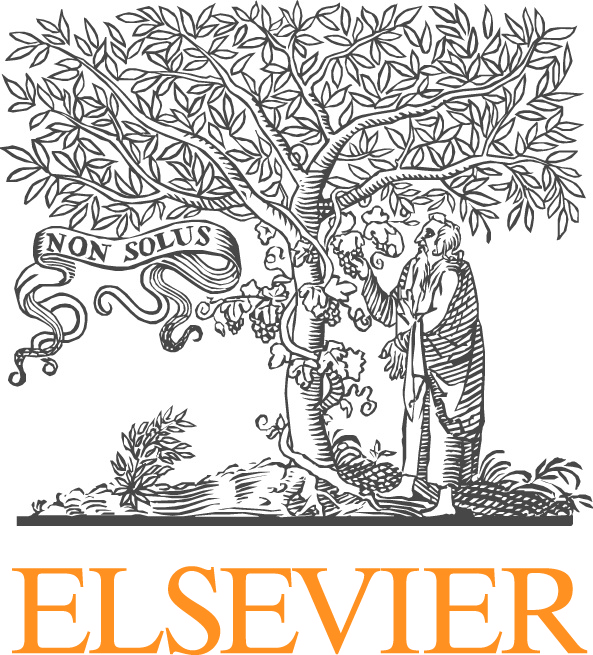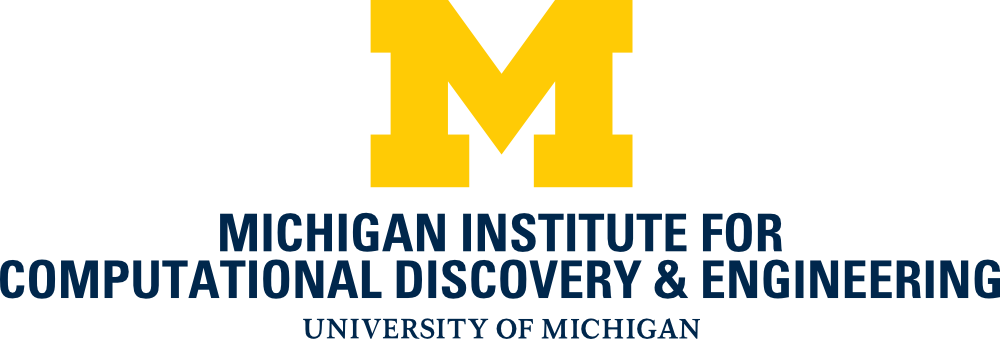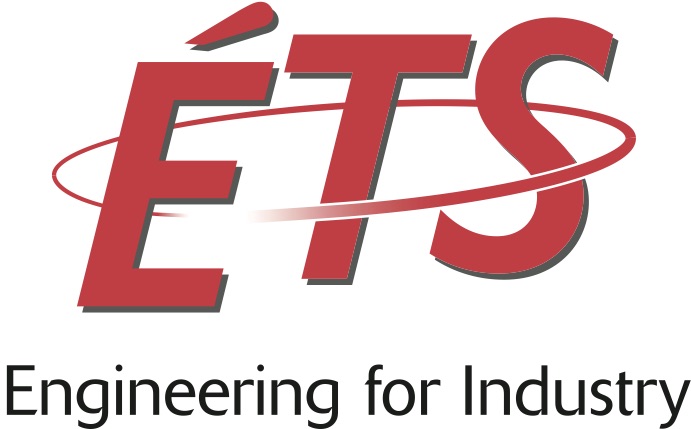Modeling and Simulation in Additive Manufacturing
Albert To, University of Pittsburgh
Lars-Erik Lindgren, Luleå University of Technology
Wing Kam Liu, Northwestern University
Yuichiro Koizumi, Tohoku University
Yao Fu, Oak Ridge National Laboratory
Jeong-Hoon Song, University of Colorado at Boulder
Wei Xiong, University of Pittsburgh
Jeong-Hoon Song, University of Colorado at Boulder
Wei Xiong, University of Pittsburgh
Various additive manufacturing (AM) techniques including 3D printing have been developed to manufacture complex-shaped components with well-controlled precision. The sophisticated AM techniques often require systematic modeling and simulation efforts during the design stage and for the purpose of part qualification/certification. The main objective of this minisymposium is to provide a platform to discuss recently developed modeling and simulation techniques for AM, including experimental calibration and validation efforts for the process. The topics include (but are not limited to):
• Part-scale and multiscale simulation of the manufacturing process to predict residual stress/distortion, surface topology, and microstructure including defects
• Modeling of materials considering effects of printing direction related to microstructure anisotropy
• Topology optimization for lightweight AM structure design
• Modeling and simulation of functionally graded materials, tissue engineering scaffolds, bioinspired composites, bi-material joints, etc
• Feedback control methods and process maps for minimizing defects and residual stress in as-built structures
• Prediction of mechanical responses of AM products via an integrated computational materials engineering approach considering phase changes
• Materials powder design and component post-heat treatment simulation
Typically, computational modeling and simulation for any AM processes (e.g. laser sintering/melting, electron beam melting, form deposition modeling, stereolithography, binder jetting) and materials (e.g. metals, plastics, ceramics and their composites as well as biological materials) are welcome.







